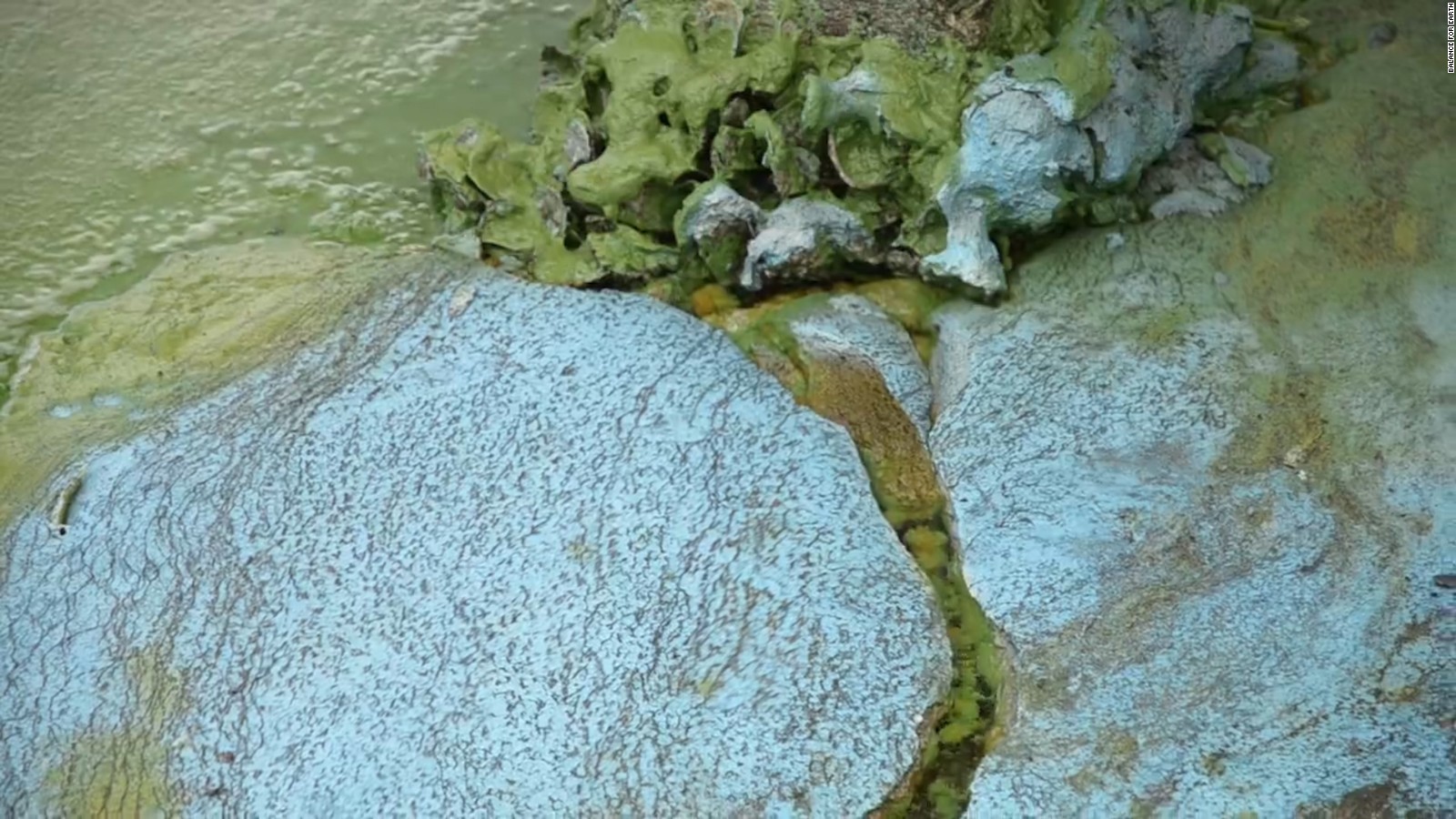TOXIC ALGAE BOOM BLANKETS SOUTH FLORIDA BEACHES

Florida’s Martin County and St. Lucie County on Wednesday. The emergency has been announced because of algae blooms in local waterways.
Scott’s office released a press release where it said that now, Florida and government agencies in the state will be allowed to take necessary actions to reduce the algae blooms’ spread in the St. Lucie. It can be done by redirecting the water’s flow in and out of Lake Okeechobee, as per the release.
The Governor will also ask the state’s Fish and Wildlife Conservation Commission (FWC) and Department of Environmental Protection (DEP) to deal with the problem caused by algae bloom. He may direct the agencies for testing for toxins.
Raw Video submitted by a resident of Southern Florida.
“Given the nature of the algae, there’s no immediate or obvious solution for dealing with it. I’m not aware of any safe, practical way of getting rid of it. We’re looking to the state to provide us expertise in that area”, said Donaldson. The state of emergency allows officials to act right now, and take necessary actions when needed, Donaldson added.
The emergency declaration is for one week, but if problem is not controlled, there are chances that it will be extended.
A report published in Wayne Post said, “Blue-green Algae has now made it to the east side of Conesus Lake as it continues to spread northward. The Livingston County Department of Health is not sure yet whether the algae will impact celebrations on the lake on July 3 and 4.”
“It is unclear whether rain would help,” said Mark Grovanz, Director of Environmental Health for the Livingston County Department of Health. “Rain can help by getting the water moving and breaking [algae] up, but it can also make it worse by washing more nutrients and fertilizer into the water.”
The advisory says that contact with the algae may result in some health effects such as itching, rashes, fever, headache, upper respiratory symptoms, vomiting and diarrhea, but symptoms are not caused only by blue-green algae contact. If you experience any of these symptoms and they persist, you should seek medical advice.
According to a story published on the topic by Sun-Sentinel, “A Palm Beach County commissioner on Wednesday joined a growing chorus of officials who raised health and environmental concerns related to blue-green algae that has bloomed in Florida waters.”
“Business owners along the coast could incur significant financial losses if residents and visitors are forced to avoid the algae-laden waterways and beaches for long periods of time,” he wrote.
McKinlay wants to host a joint meeting of officials from the agricultural industry and several governmental agencies, including the South Florida Water Management District, the Army Corps of Engineers, the Florida Department of Environmental Protection and the Florida Fish and Wildlife Commission.
The algae has not closed beaches in Palm Beach County, but Martin County Commissioner Doug Smith called the bloom “our Deep-water Horizon,” referring to a massive oil spill in the Gulf of Mexico in 2010. Touching the algae can cause rashes, and swallowing it could cause gastrointestinal issues, according to the Florida Department of Health.















